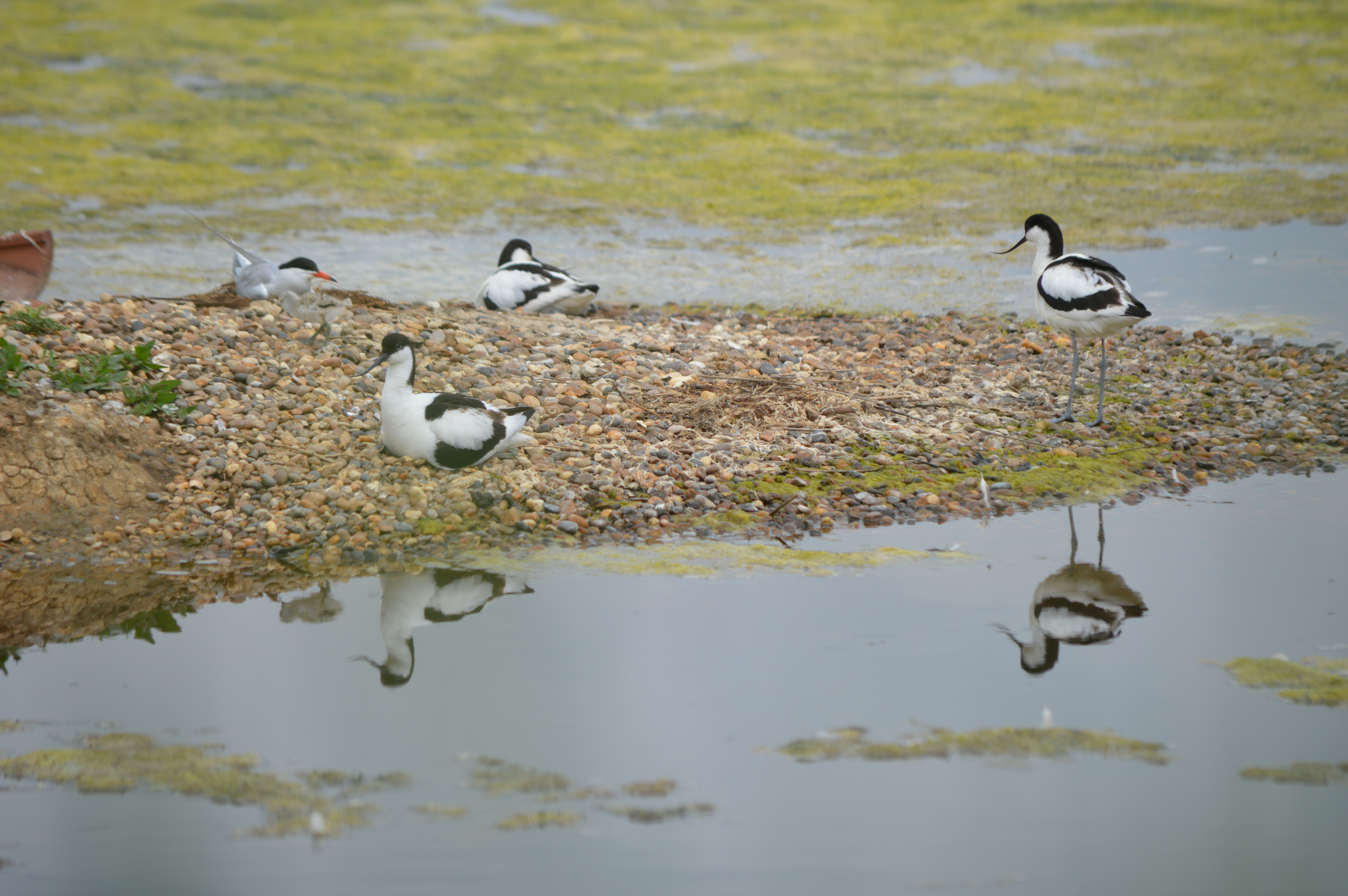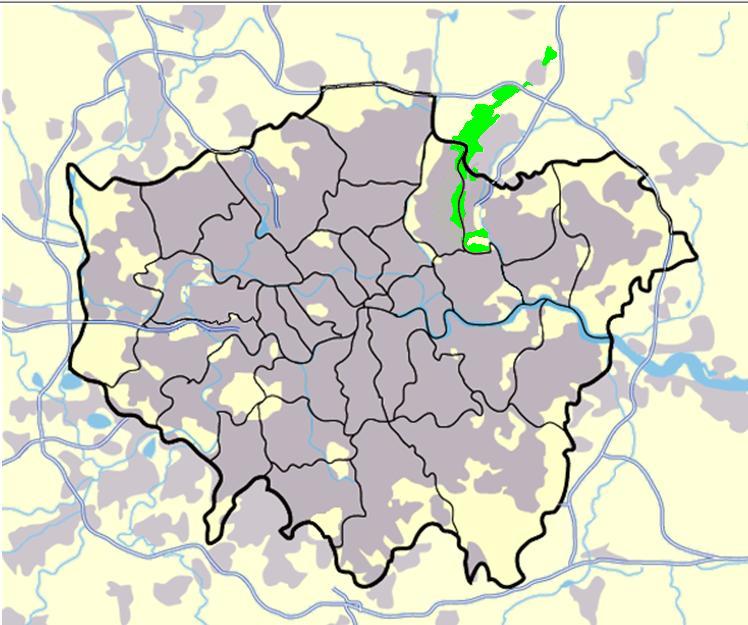|
Gernon Bushes
Gernon Bushes is a 32 hectare nature reserve north-east of Epping in Essex. It is managed by the Essex Wildlife Trust. It is part of the Epping Forest Site of Special Scientific Interest and Nature Conservation Review site. This site is ancient coppice, with old hornbeam pollards, and many ponds which were formerly created for gravel extraction. There are areas of marsh with large patches of the unusual marsh fern, and other plants include marsh marigold ''Caltha palustris'', known as marsh-marigold and kingcup, is a small to medium sized perennial herbaceous plant of the buttercup family, native to marshes, fens, ditches and wet woodland in temperate regions of the Northern Hemisphere. It flowe ... and ragged robin. There is access to the site from Coopersale village. References {{coord, 51.706, 0.138, type:landmark_region:GB-BNE, display=title Essex Wildlife Trust ... [...More Info...] [...Related Items...] OR: [Wikipedia] [Google] [Baidu] |
Epping, Essex
Epping is a market town and civil parish in the Epping Forest District of Essex, England. Part of the London metropolitan area, metropolitan and Urban area, urban area of London, it is 17 miles (27 km) northeast of Charing Cross. It is surrounded by the northern end of Epping Forest, and on a ridge of land between the River Roding and River Lea valleys. Epping is the terminus for London Underground's Central line (London Underground), Central line. The town has a number of historic Grade I and II* and Grade II listed buildings. The weekly market, which dates to 1253, is held each Monday. In 2001 the parish had a population of 11,047 which increased to 11,461 at the 2011 Census. Epping became Twin towns and sister cities, twinned with the German town of Eppingen in north-west Baden-Württemberg in 1981. History "Epinga", a small community of a few scattered farms and a chapel on the edge of the forest, is mentioned in the ''Domesday Book'' of 1086. However, the settlement refe ... [...More Info...] [...Related Items...] OR: [Wikipedia] [Google] [Baidu] |
Essex
Essex ( ) is a Ceremonial counties of England, ceremonial county in the East of England, and one of the home counties. It is bordered by Cambridgeshire and Suffolk to the north, the North Sea to the east, Kent across the Thames Estuary to the south, Greater London to the south-west, and Hertfordshire to the west. The largest settlement is Southend-on-Sea, and the county town is Chelmsford. The county has an area of and a population of 1,832,751. After Southend-on-Sea (182,305), the largest settlements are Colchester (130,245), Basildon (115,955) and Chelmsford (110,625). The south of the county is very densely populated, and the remainder, besides Colchester and Chelmsford, is largely rural. For local government purposes Essex comprises a non-metropolitan county, with twelve districts, and two unitary authority areas: Thurrock Council, Thurrock and Southend-on-Sea City Council, Southend-on-Sea. The districts of Chelmsford, Colchester and Southend have city status. The county H ... [...More Info...] [...Related Items...] OR: [Wikipedia] [Google] [Baidu] |
Essex Wildlife Trust
The Essex Wildlife Trust (EWT) is one of 46 The Wildlife Trusts, wildlife trusts which cover the United Kingdom. The EWT was founded in 1959, and it describes itself as Essex's leading conservation charity, which aims to protect wildlife for the future and the people of the county. As of January 2017, it has over 34,000 members and runs 87 nature reserves, 2 nature parks and 11 visitor centres. Essex has one of the longest coastlines of any Counties of England, English county, with saltmarshes, lagoons, mudflats, grazing marshes, reedbeds and shingle. Its ancient forests were formerly important to the local economy, with wood being used for fuel, construction and bark in the tanning industry. Coppicing is being re-introduced by the EWT to encourage woodland grasses, flowers, invertebrates and birds. A few grasslands on the heavy clays of south- and mid-Essex are still grazed according to traditional methods, supporting a mixture of pasture and fen. Some brownfield sites, often on ... [...More Info...] [...Related Items...] OR: [Wikipedia] [Google] [Baidu] |
Epping Forest
Epping Forest is a area of ancient woodland, and other established habitats, which straddles the border between Greater London and Essex. The main body of the forest stretches from Epping in the north, to Chingford on the edge of the London built-up area. South of Chingford, the forest narrows and becomes a green corridor extending deep into east London, as far as Forest Gate; the forest's position gives rise to its nickname, the ''Cockney Paradise''. It is the largest forest in London. It lies on a ridge between the valleys of the rivers Lea and Roding. It contains areas of woodland, grassland, heath, streams, bogs and ponds, and its elevation and thin gravelly soil (the result of glaciation) historically made it less suitable for agriculture. The forest was historically managed as a common; the land was held by a number of local landowners who exercised economic rights over aspects such as timber, while local commoners had grazing and other rights. It was designated ... [...More Info...] [...Related Items...] OR: [Wikipedia] [Google] [Baidu] |
Site Of Special Scientific Interest
A Site of Special Scientific Interest (SSSI) in Great Britain, or an Area of Special Scientific Interest (ASSI) in the Isle of Man and Northern Ireland, is a conservation designation denoting a protected area in the United Kingdom and Isle of Man. SSSI/ASSIs are the basic building block of site-based nature conservation legislation and most other legal nature/geological conservation designations in the United Kingdom are based upon them, including national nature reserve (United Kingdom), national nature reserves, Ramsar Convention, Ramsar sites, Special Protection Areas, and Special Area of Conservation, Special Areas of Conservation. The acronym "SSSI" is often pronounced "triple-S I". Selection and conservation Sites notified for their Biology, biological interest are known as Biological SSSIs (or ASSIs), and those notified for geological or Physical geography, physiographic interest are Geological SSSIs (or ASSIs). Sites may be divided into management units, with some a ... [...More Info...] [...Related Items...] OR: [Wikipedia] [Google] [Baidu] |
Nature Conservation Review
''A Nature Conservation Review'' is a two-volume work by Derek Ratcliffe, published by Cambridge University Press in 1977. It set out to identify the most important places for nature conservation in Great Britain. It is often known by the initials NCR, and sites listed in it are termed "NCR sites". The approach adopted by Ratcliffe was adapted and applied to the selection of sites important for geological conservation in the Geological Conservation Review The Geological Conservation Review (GCR) is produced by the UK's Joint Nature Conservation Committee. It is designed to identify those sites of national and international importance needed to show all the key scientific elements of the geological .... '' A Marine Nature Conservation Review'' has also been published. Volume 1 set out the rationale and methods used, and gave descriptions of the major habitat types. Volume 2 consisted entirely of a site inventory. Sites were grouped into six major habitat types: * Coastal sit ... [...More Info...] [...Related Items...] OR: [Wikipedia] [Google] [Baidu] |
Hornbeam
Hornbeams are hardwood trees in the plant genus ''Carpinus'' in the family Betulaceae. Its species occur across much of the temperateness, temperate regions of the Northern Hemisphere. Common names The common English name ''hornbeam'' derives from the hardness of the woods (likened to Horn (anatomy), horn) and the Old English ''beam'', "tree" (cognate with Dutch ''Boom'' and German ''Baum''). The American hornbeam is also occasionally known as blue-beech, ironwood, or musclewood, the first from the resemblance of the bark to that of the American beech ''Fagus grandifolia'', the other two from the hardness of the wood and the muscled appearance of the trunk and limbs. The botanical name for the genus, ''Carpinus'', is the original Latin name for the European species, although some etymologists derive it from the Celtic for a yoke. Description Hornbeams are small, slow-growing, understory trees with a natural, rounded form growing tall and wide; the exemplar species—the ... [...More Info...] [...Related Items...] OR: [Wikipedia] [Google] [Baidu] |
Marsh Fern
''Thelypteris palustris'', the marsh fern, or eastern marsh fern, is a species of fern native to eastern North America and across Eurasia. It prefers to grow in swamps, bogs, wet fields or thickets, fresh tidal and nontidal marshes, or wooded streambanks. The species epithet An epithet (, ), also a byname, is a descriptive term (word or phrase) commonly accompanying or occurring in place of the name of a real or fictitious person, place, or thing. It is usually literally descriptive, as in Alfred the Great, Suleima ... ''palustris'' is Latin for "of the marsh" and indicates its common habitat. It is the only known host plant for '' Fagitana littera'', the marsh fern moth. Description Fronds of ''T. palustris'' are erect to ascending with an elliptic to lanceolate form. They are 1-2.5 ft long and 4-7 inches across and have 10-40 pairs of leaflets. Its leaves are pinnately lobed, with the middle pinna being the widest. The leaves are more than 6 inches long, and the 3-6 ... [...More Info...] [...Related Items...] OR: [Wikipedia] [Google] [Baidu] |
Marsh Marigold
''Caltha palustris'', known as marsh-marigold and kingcup, is a small to medium sized perennial herbaceous plant of the buttercup family, native to marshes, fens, ditches and wet woodland in temperate regions of the Northern Hemisphere. It flowers between April and August, dependent on altitude and latitude, but occasional flowers may occur at other times. Description ''Caltha palustris'' is a high, hairless, fleshy, perennial, herbaceous plant that dies down in autumn and overwinters with buds near the surface of the marshy soil. The plants have many, thick strongly branching roots. Its flowering stems are hollow, erect or more or less decumbent. The alternate true leaves are in a rosette, each of which consist of a petiole that is about four times as long as the kidney-shaped leaf blade, which is between long and wide. The leaf possesses a heart-shaped foot, a blunt tip, and a scalloped to toothed, sometime almost entire margin particularly towards the tip. In their you ... [...More Info...] [...Related Items...] OR: [Wikipedia] [Google] [Baidu] |
Ragged Robin
''Silene flos-cuculi'' (syn. ''Lychnis flos-cuculi''), the ragged-robin, is a perennial herbaceous plant in the family Caryophyllaceae. It is native to Eurasia and Siberia and has been introduced to North America. Description ''Silene flos-cuculi'' forms a rosette of low growing foliage with numerous stems tall. The stems rise above the foliage and branch near the top of the stem. The leaves are paired, with the lower leaves spoon-shaped and stalked. The middle and upper leaves are linear-lanceolate with pointed apexes. All of the leaves are untoothed. The stems have barbed hairs pointing downward and these hairs make the plant rough to the touch. Blooming from May to August (and occasionally later), the pink flowers are wide. They have five narrow petals deeply divided into four lobes giving the flower an untidy, ragged appearance, hence its common name. The calyx tube is five-toothed with ten stamens. The fruits consist of small (6 to 10 mm) capsules opening on top by f ... [...More Info...] [...Related Items...] OR: [Wikipedia] [Google] [Baidu] |
Coopersale
Coopersale, also termed Coopersale Common, is a village in the civil parish of Epping, within the Epping Forest District of Essex, England. In 2018 it had an estimated population of 1019. History In the 1870s the settlement of Theydon Garnon was alternatively referred to by the name 'Coopersale', and was a village south-southeast from Epping, centred between Coopersale House at the south of the present settlement and approximately the location of Fiddlers Hamlet further south. This dual naming of the village and parish had been prevalent since the late 1500s.'Theydon Garnon: Introduction' in ''A History of the County of Essex'' Volume 4, Ongar Hundred, ed. W R Powell (London, 1956), pp. 258-262. '' |





